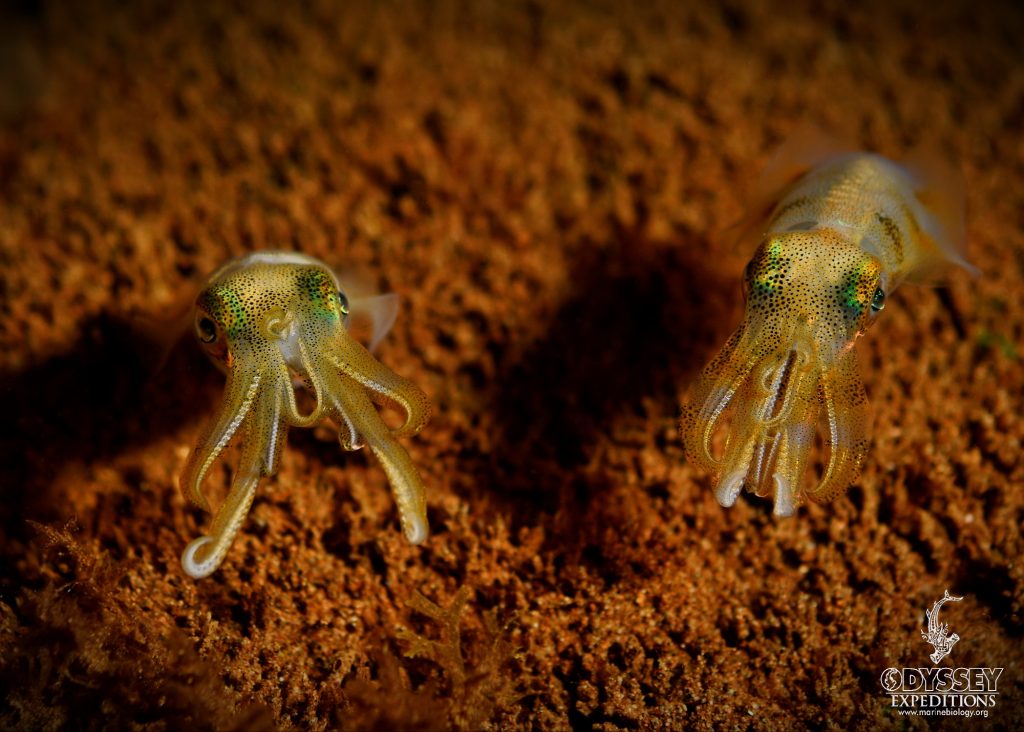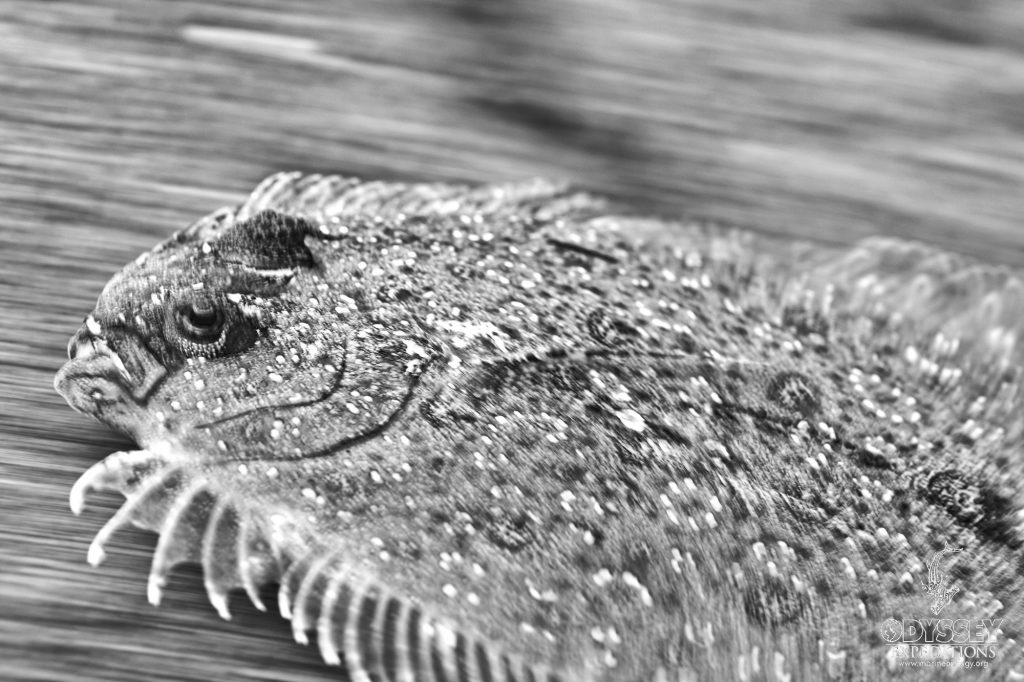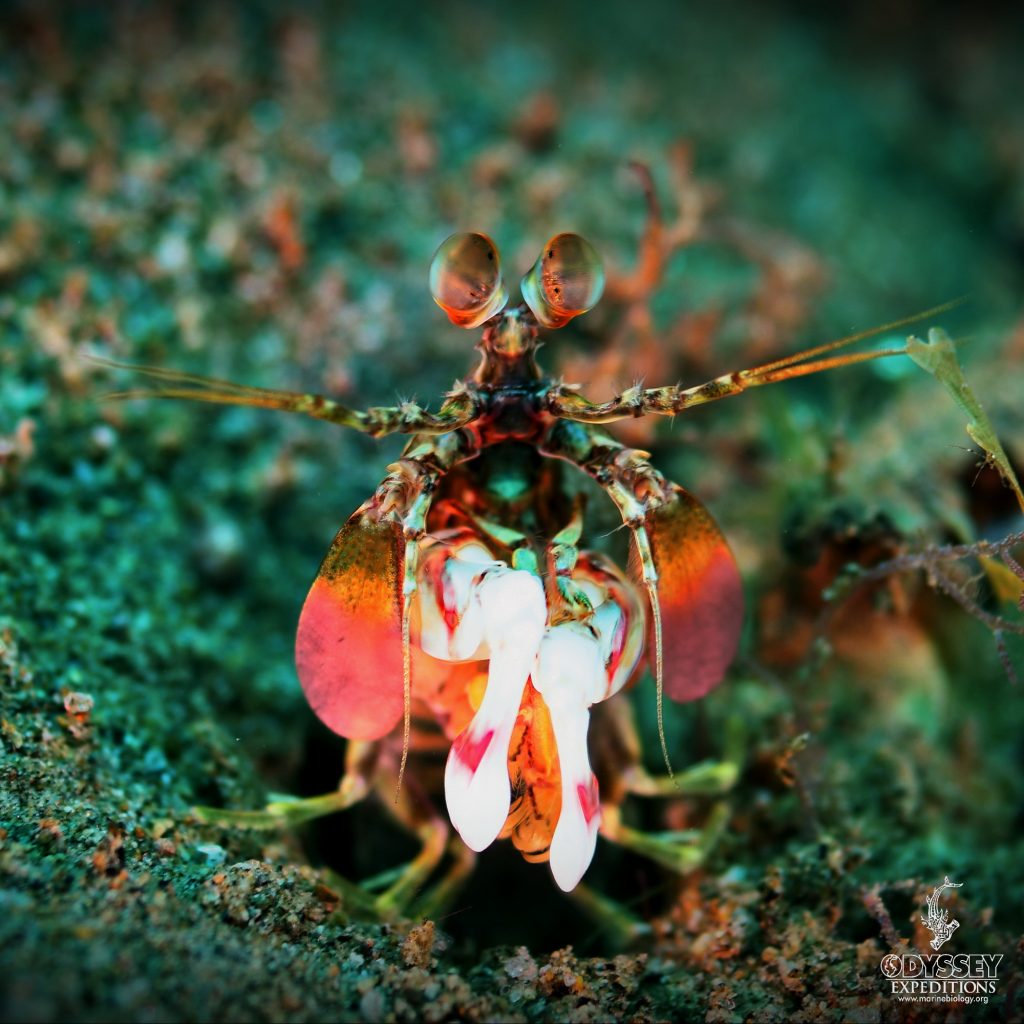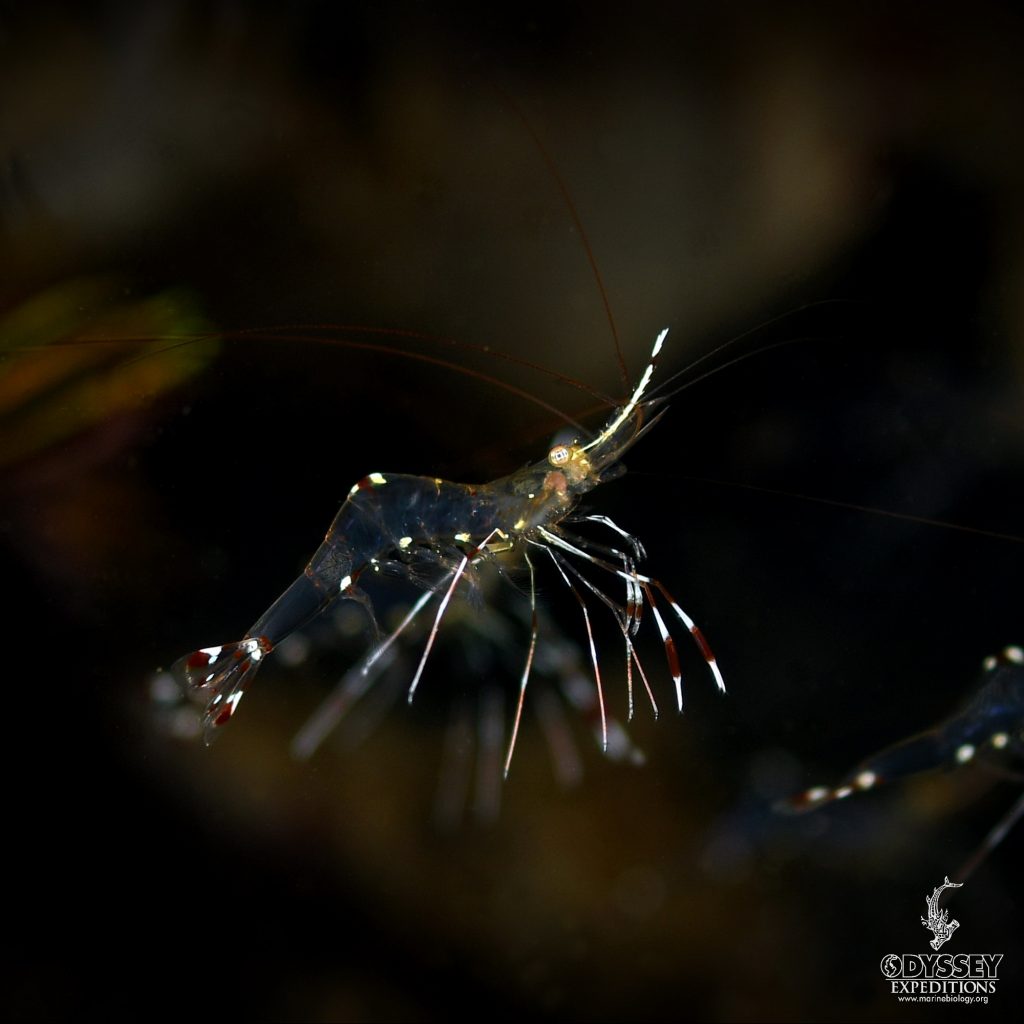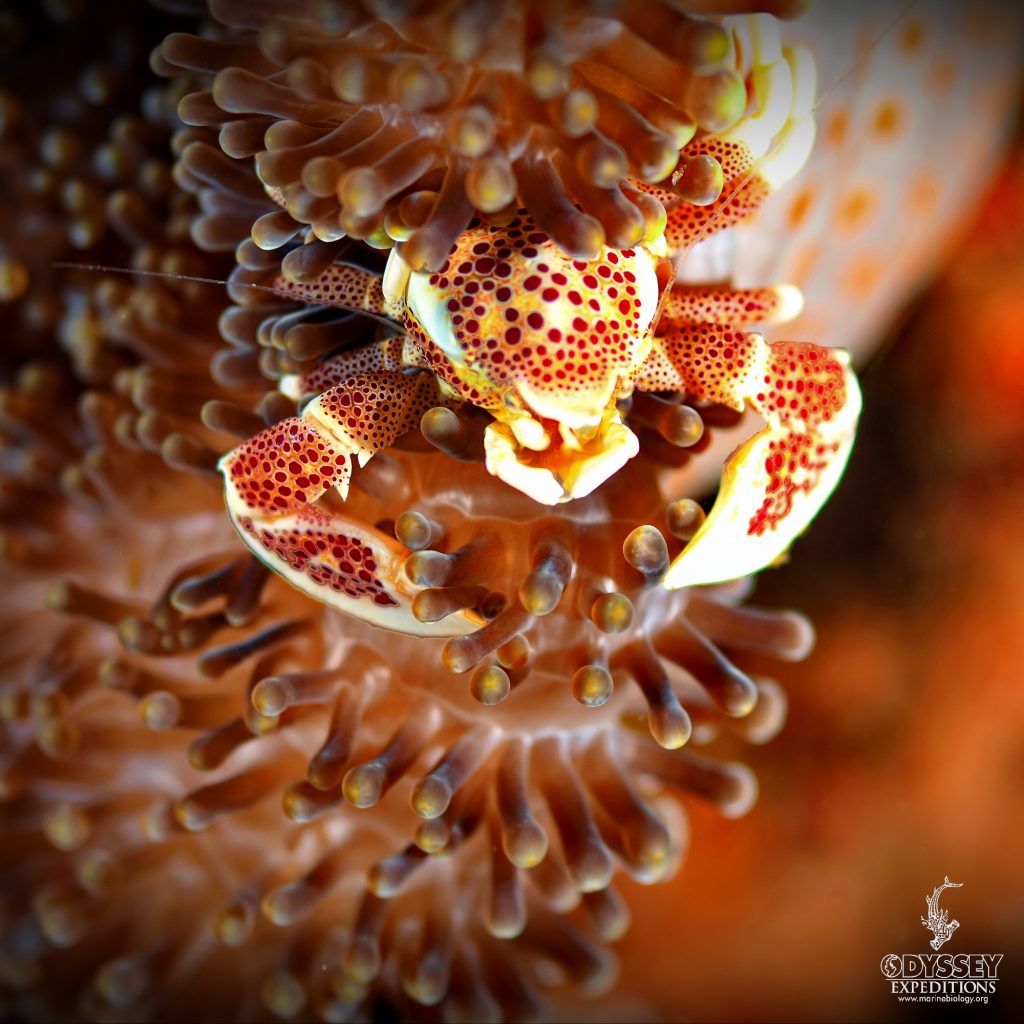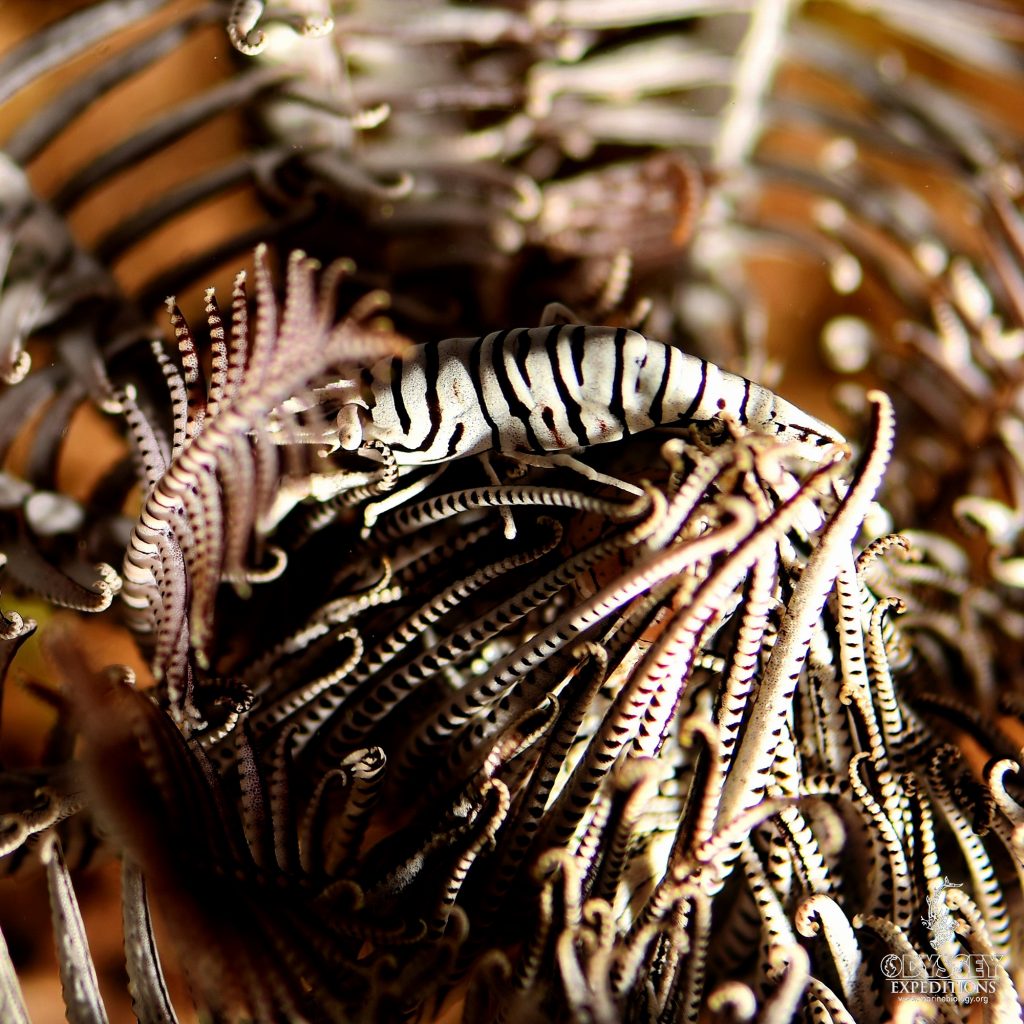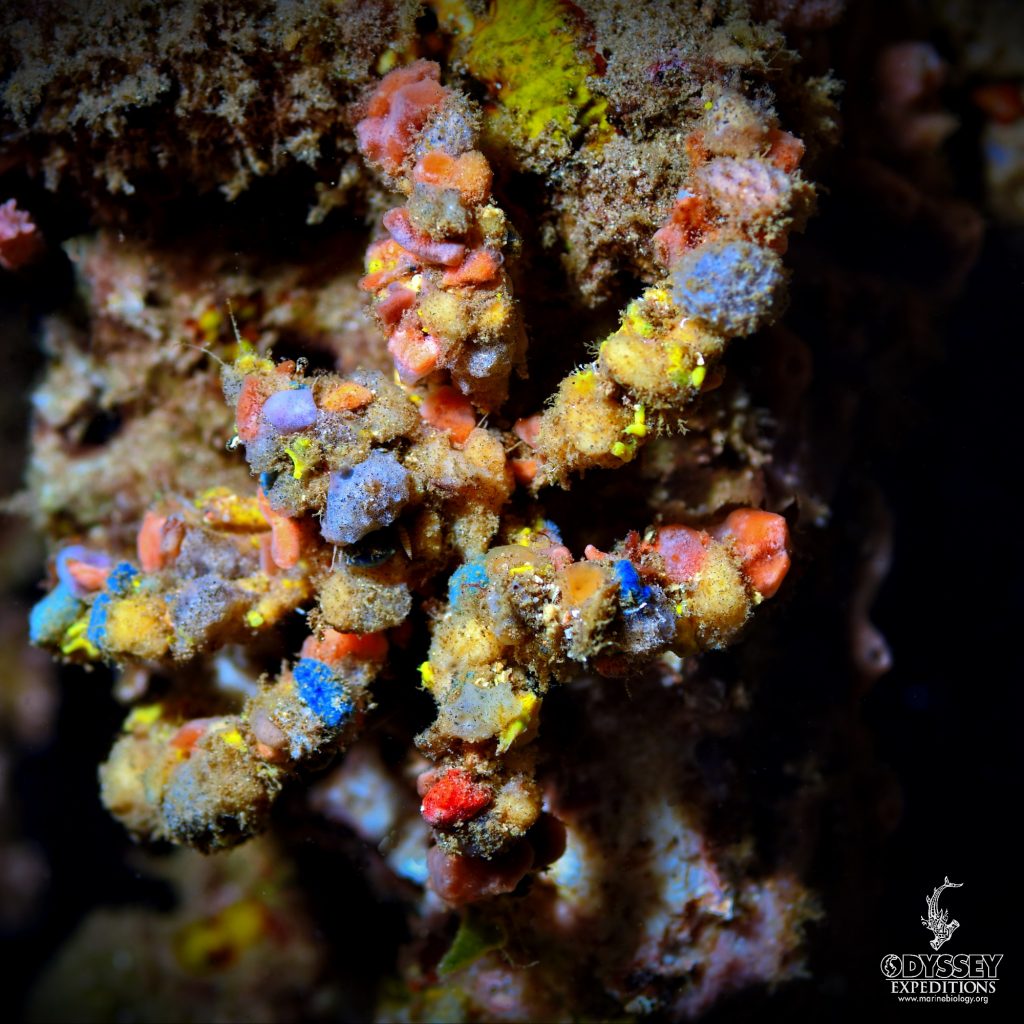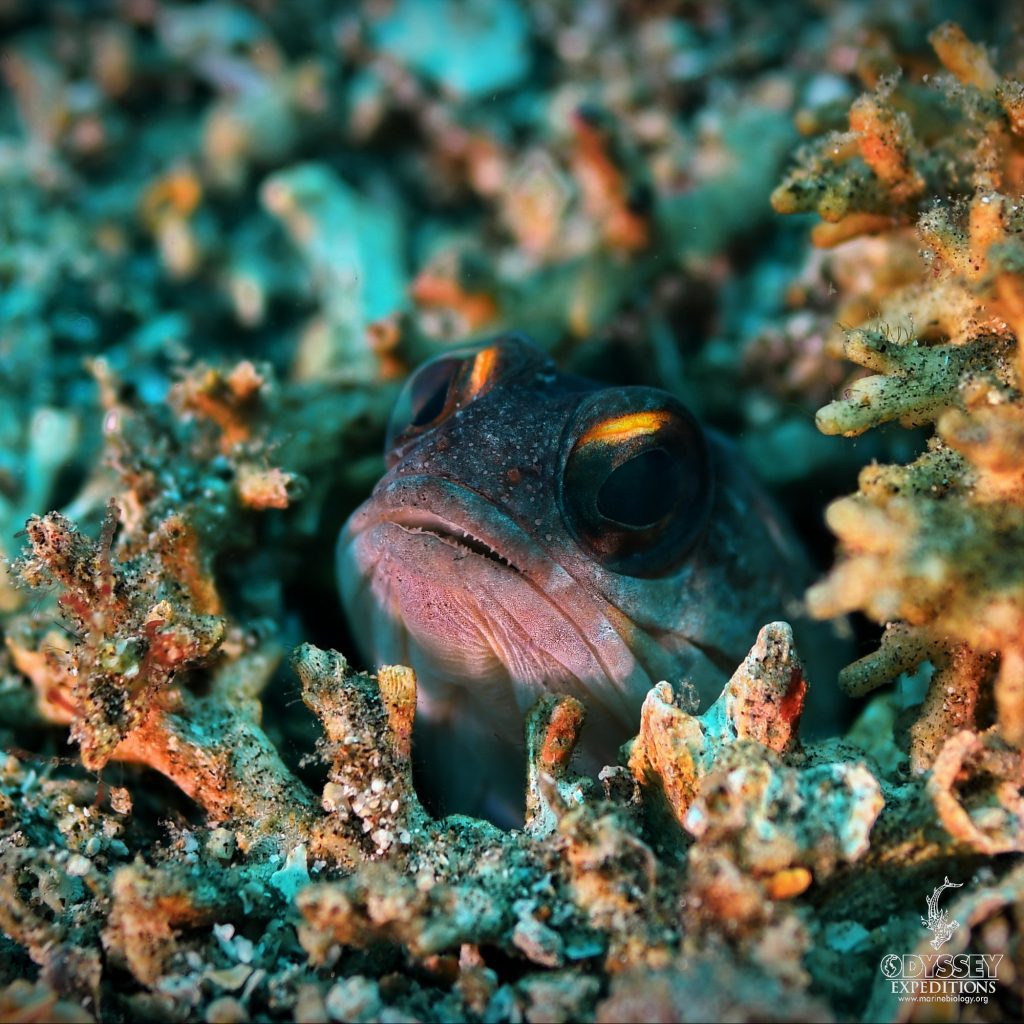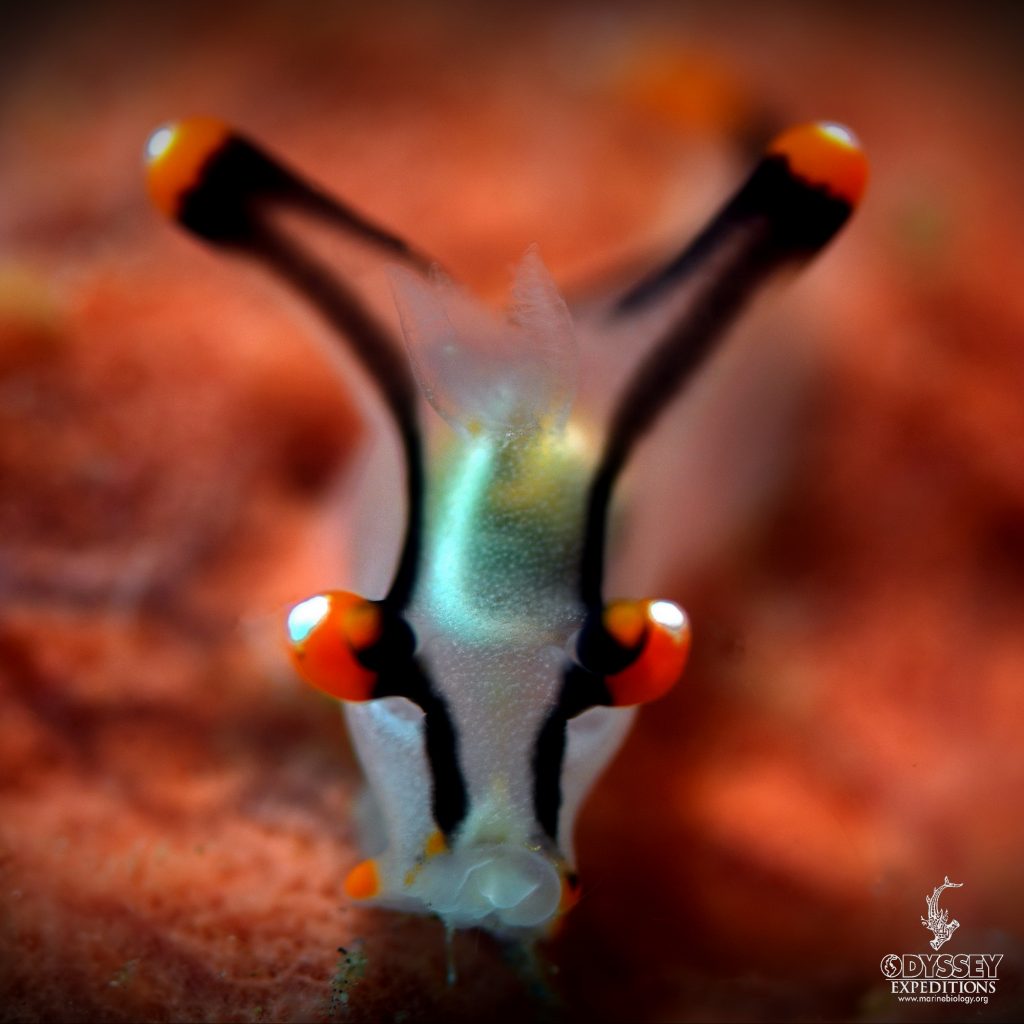
Thecacera picta – Nudibranch –
They are almost clear, you can see its internal organs through the translucent body. A characteristic feature of this genus are the long horns on its back, which can be extended and retracted. Most of the nudibranchs with feathery gills have them near the back of the body, but here they’re closer to the front.
Etymology
Thecacera. From Greek ‘theke’, a receptacle, a scabbard or sheath + ‘kerós’, horn, for the shielded rhinophores.
picta – From Latin ‘pictus’ for painted, colored, decorated
A rhinophore is one of a pair of chemosensory rod-shaped structures which are the most prominent part of the external head anatomy in nudibranchs.
Etymology
Rhinophore – relates to the function as an organ of “smell”. A mixed Latin and Greek word meaning “carrying noses” – “Rhino-” means nose from Ancient Greek ‘rhis’ and from its genitive rhinos. “Phore” means “to bear” from New Latin -‘phorus’ and from Greek -phoros “bearing”, a derivative of phérein.
